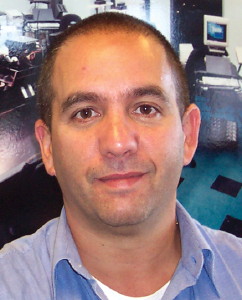
News
Tackling the myths presented by false alarms
 Ever since the first electronic alarm system was invented by Augustus Pope in Boston in 1850, there have been false alarm signals.
Ever since the first electronic alarm system was invented by Augustus Pope in Boston in 1850, there have been false alarm signals.
October 14, 2008 By Neil Sutton
A common misconception is that the monitoring station receives a signal
and immediately dispatches the police. Every time that we have
conducted tours and demonstrated the steps that we have taken in order
to avoid a dispatch, the police and dispatching people are always
impressed and surprised.
The monitoring station is the recipient of the bill for the dispatch.
We are acting on behalf of Mr. and Mrs. Homeowner or Business owner. In
that capacity we are acting according to their instructions. It is
unfair that the monitoring station receive the bill. What happens if
the client does not pay? Well the police will not respond to any of the
alarm dispatches — essentially holding the monitoring station hostage.
Or how about a third party monitoring station where the monitoring
station does not even own those systems and is providing the service on
behalf of another alarm company?
The threat of suspension is very strong, acts as a deterrent and
encourages repairs to be done. Often large companies have in their
budget an “allowable” number of false alarms and the associated costs.
This erodes response, endangers the public and officers alike and lets
those who can afford it continue to enjoy response.
I have always found the associated decrease of alarm dispatches to be
an intriguing number. Simply, many companies won’t register their
clients and migrate to alternative response. The private sector has
shown tremendous price and service delivery resiliency when compared to
the public sector. I wonder what the difference in numbers is, and how
this reflects on this reality? Of course, there are those clients who
will simply opt out completely, or will rely on someone on their
contact list to respond.
I don’t know if industry regulation will impact false dispatches, but I
can tell you what will. It starts with the sales process and the proper
application of technology to different environments. It continues with
purchasing quality equipment: detection devices, panels, batteries and
peripherals, and equipment that is user-friendly and intuitive. It goes
on with training and client acceptance. A quality monitoring station
will take the time and care to look after the client properly, and
will report and communicate problems and issues and move the
information forward. It speaks to a corporate culture where we are
partners in life and property protection.
Ivan Spector is president of Sentinel
Alarm in Montreal, QC., national past-president of CANASA and a member
of the Central Station Alarm Association’s board of directors.
Print this page